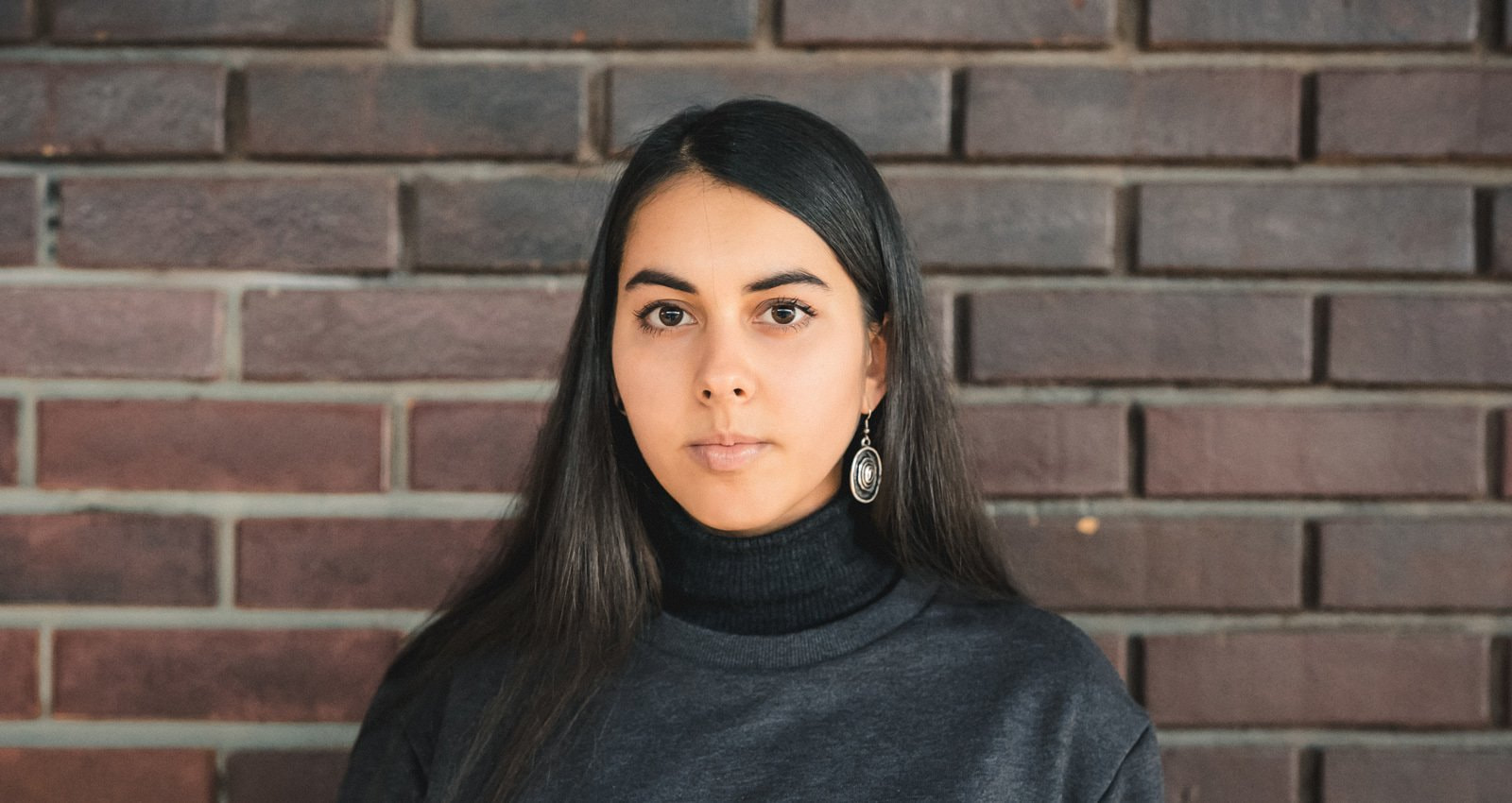Diana Salakheddin’s Diary
Diana Salaheddin (b. 1999, Moscow)
Member of Garage’s first edition of Teens Team in 2015, I also was an intern and worked as a moderator and guide on the project Art Experiment in 2018 and 2019. At present, I am studying Art History at NRC HSE and at Moscow Museum of Modern Art’s Open Workshops. I curate small independent shows. My interests include contemporary architecture, art, and postcolonial African culture.
During the shifts I have done, there were a few quite captivating conversations. If I had to systematize the received information, I would distinguish several issues touched by the visitors: the Museum’s accessibility for children, its openness for the public, the influence of cell phones on the perception of art, and the role of the Internet. Many visitors, especially older ones, go to see Bureau des transmissions aiming to “check” how comfortable the project is for their children, with some of them promising to come back. Speaking about my observations of children in the space, I can sense that they feel comfortable enough in this environment: they interact with the installations (make Linda’s dolls and tie Karoline’s ribbons together), move tables and pedestals, climb the tower. Children’s parents point out that after visiting exhibitions where the kids’ mobility is limited, a space like this becomes especially valuable. On the other hand, some adult visitors identify the space as “infantile” immediately upon entering it, which is why in the beginning they feel skeptical.
By the Museum’s openness to the public I mean a number of situations. First of all, at the Ladder Café installation I discussed with visitors how vitally necessary it is to have freedom of choice in getting information. One of them recalled the exhibition of Marcel Broodthaers where there were no panel texts, and the accompanying booklet served as an additional material rather than explained anything. In the visitor’s opinion, had the booklet contained some facts about the works or elements of the artist’s philosophy, the show would have become much clearer (and if someone wished to get their own view of it, they would’ve simply avoided reading the booklet). The absence of any explanatory texts in the Bureau des transmissions project is also embarrassing for some people, but when they learn about the role of mediators, they realize why there are no texts. Some visitors, especially from the regions, are surprised to get involved in interaction. Over the course of my shifts I have talked to quite many visitors from various Russian regions, and everyone wished to have a space like Garage in their home city (they have named the quality of exhibitions and projects like Bureau des transmissions where interaction with the museum’s staff is allowed, among unique features about Garage). Also, one day I had a series of conversations with foreigners. During a talk that happened in Ladder Café, a female visitor from France, when asked how art mediation operates in Western museums, said that in many German and French museums participatory approach exists as a goal in itself. There’s so much of it everywhere, and it doesn’t necessarily have intellectual meaning, but being trendy, it is included into all museum programs today.
Most of the visitors I talked to come to Bureau after seeing the shows, so our dialogues are built around their impressions thereof. Some noticed, especially commonly—during Uniqlo Fridays, that they are very irritated by people making selfies in exhibitions spaces (in particular, in the rooms of Pavel Pepperstein’s show). There are several causes of this irritation. Firstly, visitors who make selfies/ take pictures of themselves or of the artworks obstruct other visitors’ view or walking routes. Secondly, people also get irritated because such visitors only take photos without looking at the works or examining them. In someone’s opinion, for such people a visit to a museum turns into a form of social approval which is impossible without documentation. We even received suggestions that using cell phones in the exhibition space should be prohibited, although their authors realized the contradiction between the idea of a museum as a space of freedom and the authoritarian logic and practice of taboo.
Overall, looking abstractly at the contents of the dialogues and moving toward my personal attitude to mediation, I feel myself very inspired and it seems to me that sometimes this inspiration transfers to visitors. I get involved in each dialogue at the Ladder Café installation, while interaction inside the space is less intense, because not all visitors are ready for engagement. But there is also a huge problem which I still don’t know how to cope with: I feel emotionally burnt out after the shifts. Obviously, the possible solution—to get less involved in the process—doesn’t work here, as it would mean bad mediation in that case. We’re going to discuss this issue with colleagues when we meet.
